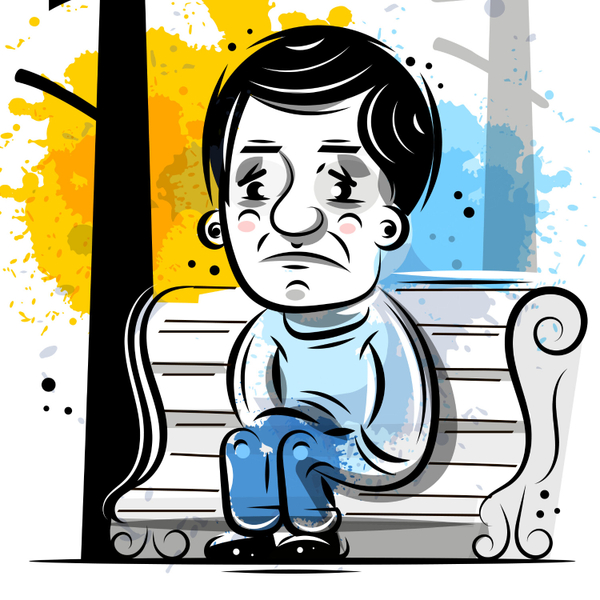
Adverse health consequences of Isolation and Loneliness
- S4E131
- 24:34
- July 25th 2021
Isolation is the “silent killer” affecting an estimated 8 million elders in the U.S., but it is an epidemic that often goes unnoticed and untreated.
On average, 40% of seniors are impacted by the isolation that comes with living alone and the resulting feelings of loneliness, increasing their risk for depression, dementia, and premature death.
What is isolation?
Isolation is the experience of being separated or cut off from other people. It is usually felt when an individual has minimal human contact, but it can also occur within an emotionally unsatisfying personal relationship. A few people may choose to be isolated and enjoy their solitude, but the situation is often regarded as unwelcome.
Nearly everyone experiences feelings of isolation at some time in their lives, if only for a short while. For example, when starting a new job or beginning at college, loneliness is common until new networks and friendships are made. Like the elderly and young mothers with pre-school children, some people may be at risk of prolonged spells of isolation in their own homes.
Isolation is often accompanied by loneliness. People need relationships with family and friends to maintain a sense of self-esteem.
Such networks provide warmth and support and provide shared interests and concerns. Without these relationships, loneliness may follow, with a resulting loss of self-confidence and perhaps even the onset of depression.
Are loneliness and social isolation linked?
Loneliness and social isolation are different but related concepts. While loneliness can be closely related to social isolation in many people’s minds, social isolation can lead to loneliness, and loneliness can lead to social isolation. Both may also occur at the same time.
People can experience different levels of social isolation and loneliness over their lifetime, moving in and out of these states as their circumstances change.
Loneliness and social isolation also share many factors that increase the likelihood of people experiencing each, such as deteriorating health and sensory and mobility impairments.
Loneliness and social isolation during the COVID-19 Period?
Before the COVID-19 pandemic, loneliness and social isolation were prevalent across Europe, the USA, and China. The situation has only worsened with the restrictions imposed to contain the viral spread.
However, there is a high cost associated with the essential quarantine and social distancing interventions for COVID-19, especially in older adults, who have experienced an acute, severe sense of social isolation and loneliness with potentially severe mental and physical health consequences.
The effects of loneliness
Everyone at one point or another experiences' loneliness, and like all feelings, its causes are unnumbered. You could spiral into a vortex of loneliness from anything: stress, loss of a loved one, a tragic event, or feeling isolated from friends and family.
Feeling alone doesn’t equate to loneliness. It’s important to understand that distinction. You should always separate those two states of mind because alone time is a good thing. It’s a great thing.
How does isolation occur?
The anonymity of modern, urban living gives rise to much loneliness, especially where people live in high-rise housing without community facilities. People in rural areas are also prone to isolation, as meeting places are few and public transport is limited.
Women seem to be more at risk than men, as they are more likely to be tied to the home, caring for children, with little access to social outlets.
Read the full article..............
Mental Health Training
More information in https://mentalhealthtraining.info/